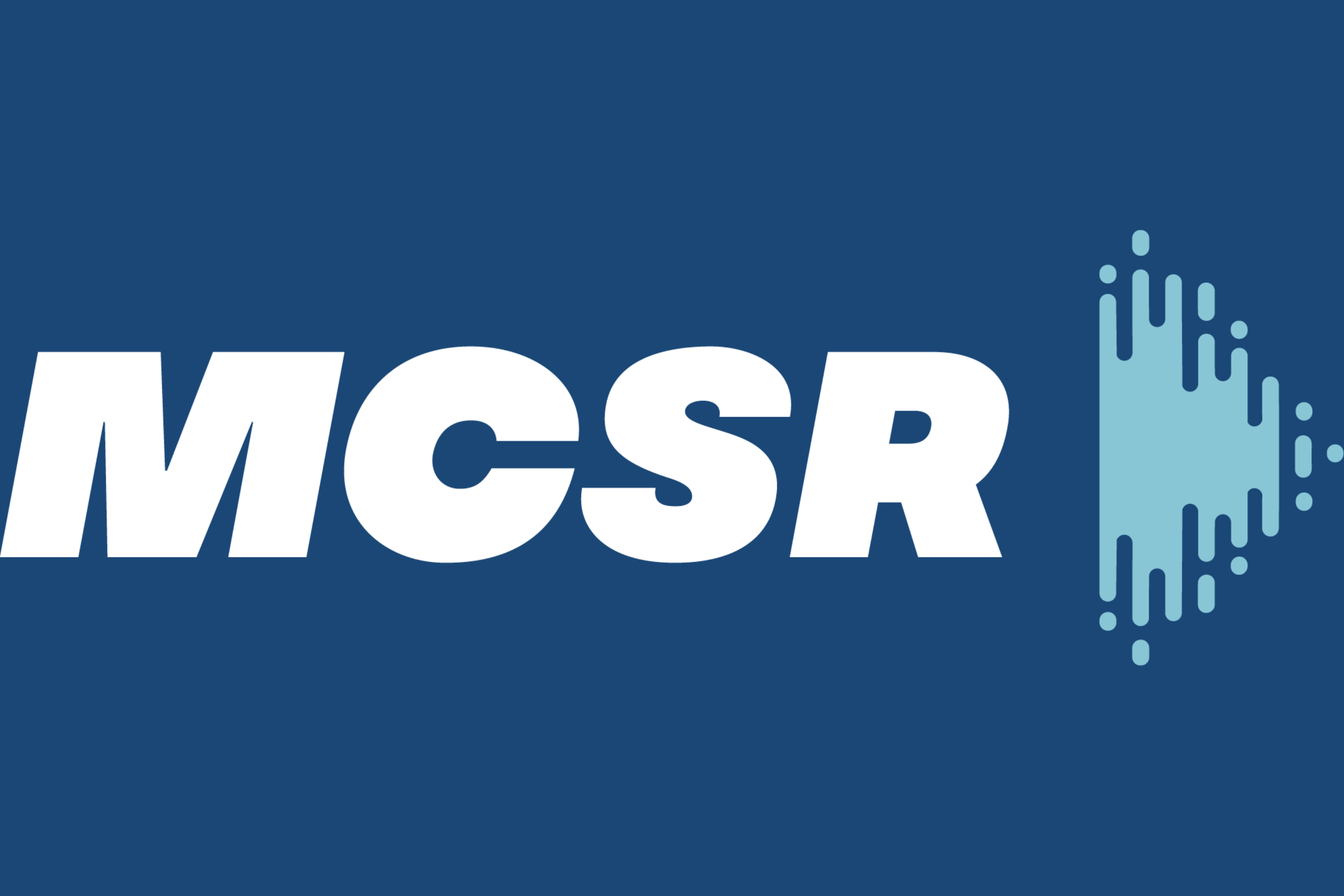Using Story to Persuade Men: Narrative & Healthy Masculinity in the Prevention of Sexual Assault
HALF-DAY TRAINING. Ironically statistics show that people more easily recall stories, not statistics. “Using Story,” based on MCSR’s groundbreaking use of storytelling as part of the Healthy Masculinity Action Project, prepares professionals to use storytelling related to unhealthy and healthy masculinity as an effective persuasive tool to engage men in sexual assault prevention.
By the end of this training, participants will be able to:
use dominant and counter stories to explain unhealthy and healthy masculinity
better integrate personal and cultural stories into their prevention work
organize a Healthy Masculinity Town Hall or Campus Conversation
Take-Aways:
“What is Healthy Masculinity?” info sheet
Healthy Masculinity Action Guide
Using Healthy Masculinity & Popular Culture to Engage Men & Boys in Sexual Assault Prevention
FULL-DAY TRAINING. Jay-Z. Bacardi ads. Iron Man. Young men and boys are bombarded with role models and messages of masculinity every day through popular culture, but typically are not provided with the critical skills to evaluate them, especially as they relate to rape culture.
Professionals will walk away from this training ready to provide men and boys with a framework of critique based on unhealthy and healthy masculinity.
By the end of this training, participants will be able to:
characterize unhealthy and healthy masculinity
connect unhealthy masculinity with sexual assault and healthy masculinity with sexual assault prevention
explain how popular culture contains examples of both unhealthy and healthy masculinity
conduct learning activities that build young men’s critical skills analyzing representations of unhealthy and healthy masculinity in popular culture
Take-Aways:
“What is Healthy Masculinity?” info sheet
Outlines of learning activities
Where Do You Stand? postcards
Where Do You Stand? Healthy Masculinity, Sexual Assault Prevention, & Bystander Intervention
FULL-DAY TRAINING. Grounded in recent research on how and why men do and don't intervene as active bystanders, the “Where Do You Stand?” training prepares sexual assault professionals to conduct an hour-long bystander intervention workshop.
Professionals will gain expertise at helping men and boys develop emotional intelligence, a part of healthy masculinity, and at creating a diverse toolbox of nonviolent intervention strategies.
By the end of this training, participants will be able to:
explain how unhealthy masculinity negatively affects men’s relationship with bystander intervention and sexual assault prevention
connect nonviolent, healthy masculinity with men and bystander intervention
conduct a one-hour sexual assault bystander intervention workshop that is applicable for all genders, but especially men.
Take-Aways:
Where Do You Stand? training manual
“Intervention Toolbox” handout
Where Do You Stand? postcards
